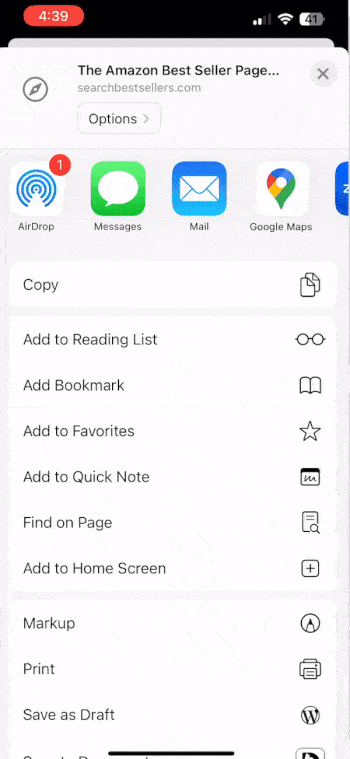Buying a camera is a big purchase decision for most. With enough camera models to make your head spin, identifying the best one can be a real challenge. Like in all things, knowing your internal truths, can lead to external truth.
(Here is our attempt to compile years of information into a low-effort quasi-accurate, in no way complete, educational post. Keep a dash of salt very handy.)
A camera is like a box that collects different colors of light in a pattern on a surface called a sensor.
Sensor: They come in different sizes and qualities. Better, bigger ones capture more details in shadows and highlights. If you are constantly shooting things professionally in a capacity where time and resources are tight and the setting is changing. Having a bigger/higher quality sensor will allow you to “recover” or brighten an image so that you can see more informational details within the blown-out highlights or the too dark shadows. Poorer quality/ smaller sensors (proper exposure assumed) will produce MORE “grain” or visual “noise” static when attempting to “brighten” an image with increase ISO (your camera’s sensitivity to light) or in post production by bringing lightening the shadows. I.e. you pay more to have greater sharpness and visual details across both the highlights and shadows with less noise.
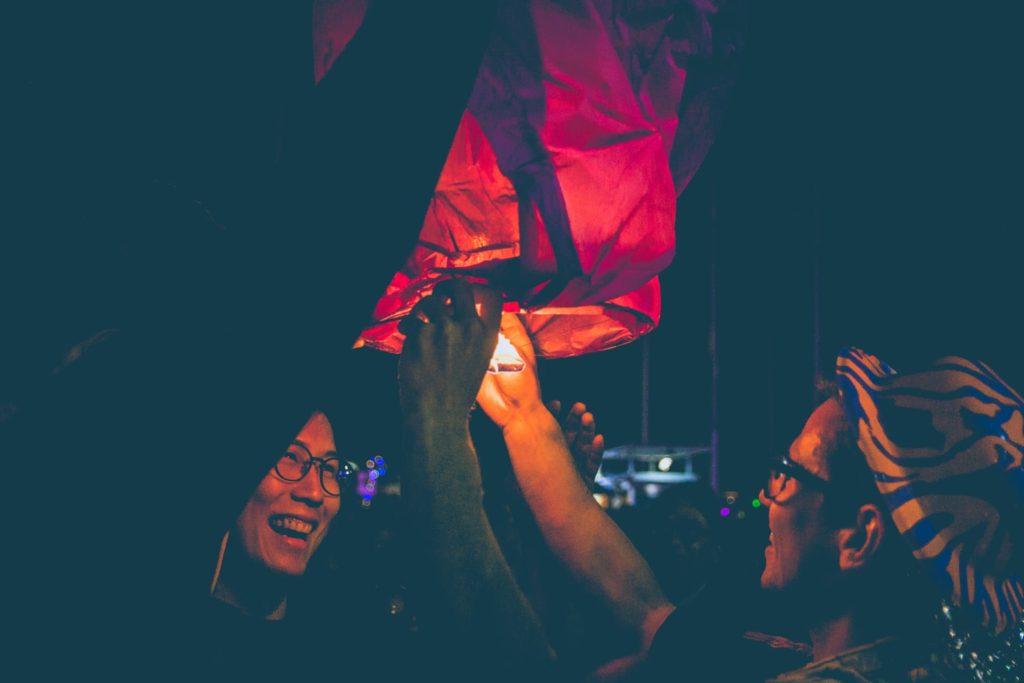
Shutter Speed: Your camera opens and closes a window (the shutter curtain) within itself to let in light onto the sensor. If the window is left open and a subject moves accross the window, the resulting image will show every millisecond of that movement in a sort of blur. If a camera is VERY SLOW at the opening and closing its windows, the moving subject, and the light hitting it, will appear to be trailing, until the moment the window is closed. If that subject remains still, completely still, a very slow opening and closing of the window may allow more light into a camera and thus reveal more detail in shadows. Knowing what situations you will be using your camera is key. If you are strictly photographing landscapes. Having a camera that can open and close its windows may become less important. You can set your camera on a tripod, and let the shutter speed open and close slowly, revealing stars at night, or making a stream of water appear to have movement instead of being perfectly still. On the other hand, if you are a landscape lover who also wnats to photograph wildlife, being able to quickly open and close the window to “freeze” the subject in a moment of time, having a high shutter speed is important.
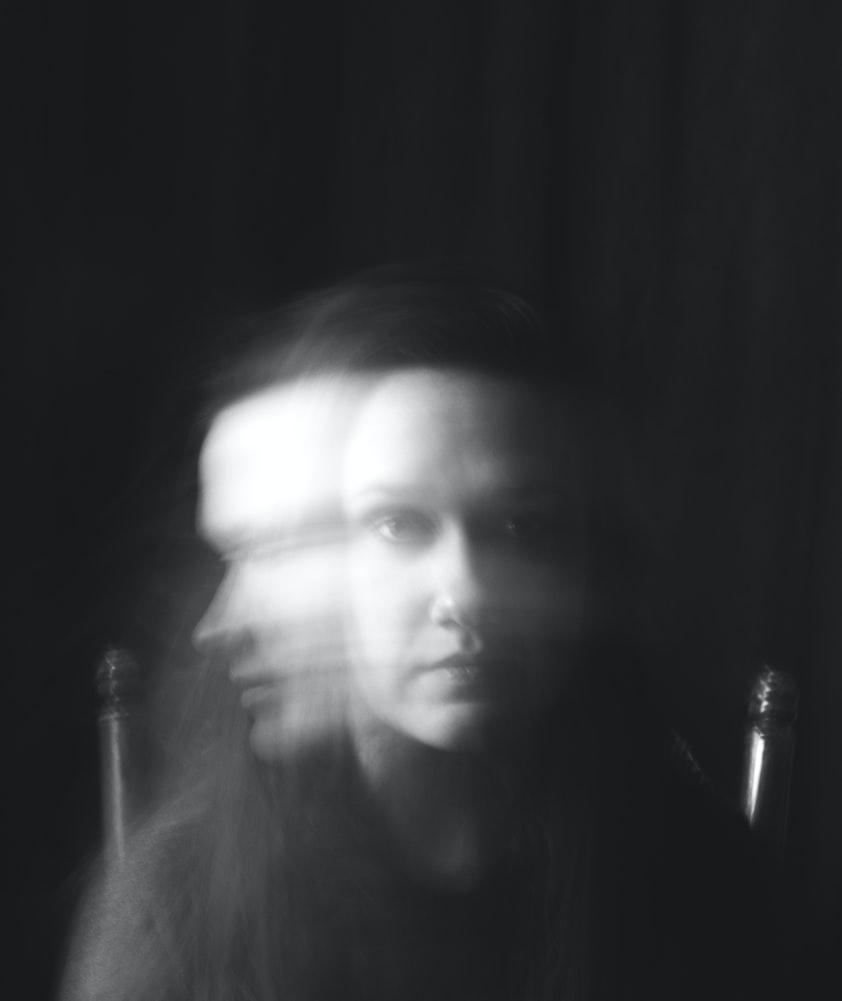
Frames per second FPS: A fast shutter speed can mean nothing if your setting and subject require that you maintain a high FPS. If a dog is chasing a butterfly accross your window, you’d want to capture the dog at their peak jump. Having a high FPS allows you to click the shutter button down as you see the dog begin to leap. Then as you are depressing the shutter button, the camera will open adn close the window curtains as quickly and as frequently (FPS) as it can. A higher FPS helps increase the odds that you capture the subject at the perfect moment. This is something that a lot of professional sports photographers need and demand for their work. Capturing that decisive moment is the bedrock of their careers. That said, cameras with huge sensors that are capable of capturing 5, 10, 13+ FPS in full resolution come with a much bigger price tag.
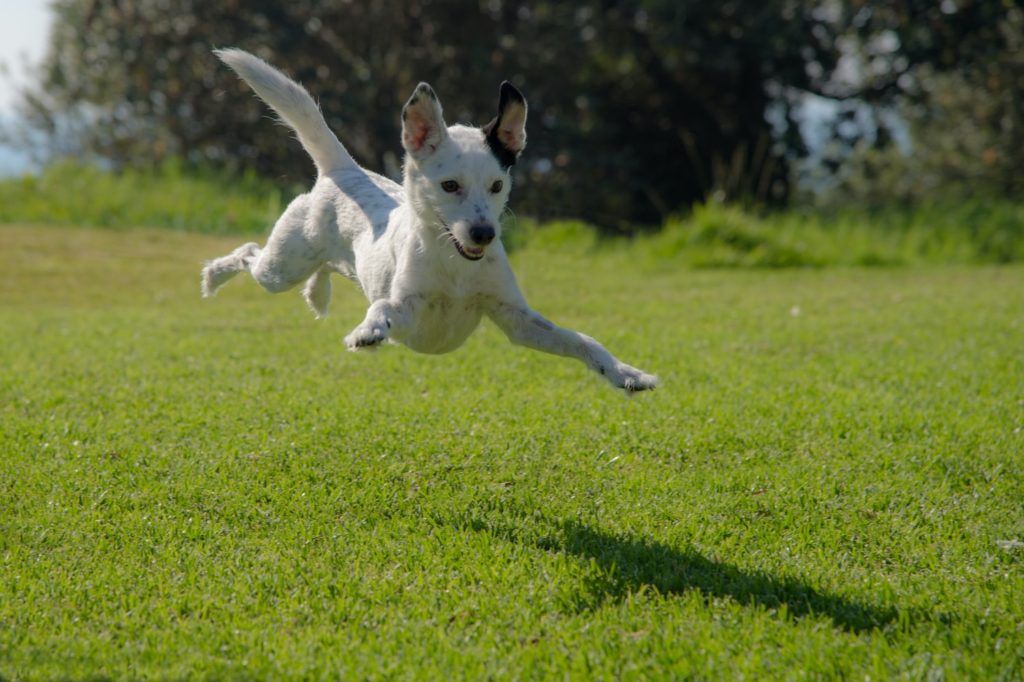
Aperature: A factor not to be ignored in the quest for your perfect camera is the role of the lenses you attach to it. A higher-quality lens can compensate for a lower quality camera. That said, let’s briefly explain aperture. The larger the window, the more light, the less your sensor has to “work” to get details in an image. Lenses that are able to open wider typically cost more money. The aperture is designated inversely by a number that can range anywhere F1.2-22 – with F1.2 allowing the most amount of light. Lens manufacturers usually reference the “most wide open” number when they describe their lens. i.e. 50mm f1.8 . A 50 mm focal length (zoom amount) and a 1.8 aperture openability. The wider and larger the aperture (the smaller the number) the more light is able to get onto the sensor, which means you will be able to see more details in dark circumstances. Lenses with the ability to open their windows larger also create an inverse “in focus” effect. The more your lens window opens up to let light in, the smaller your range of focus becomes. Wide open (i.e. f1.8) may allow a lot of light in, but ONLY your subject will be in focus, the information in front of, and behind the subject will be blurred out. Many photographers prefer this as it isolates subjects for various reasons. Having ONLY the eyes of a subject in focus, allows the focus to trail off toward the rest of the face and body in a flattering manner that obscures any imperfections. Lenses that have higher MAX apertures (f5 for example) do not completely blur the background and do not allow enough light in during darker situations, and thus the camera will have to compensate by either letting the window open longer (longer shutter speed, and thus introducing blur) or adding in artificial light sensitivity otherwise known as ISO.
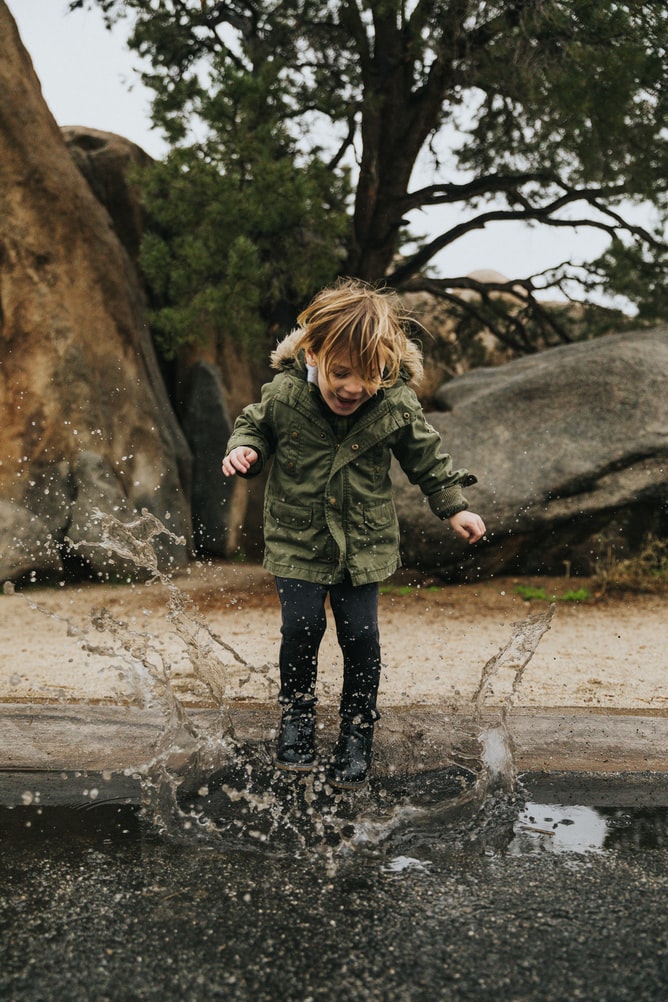
not wide open, f7 – background has more focus
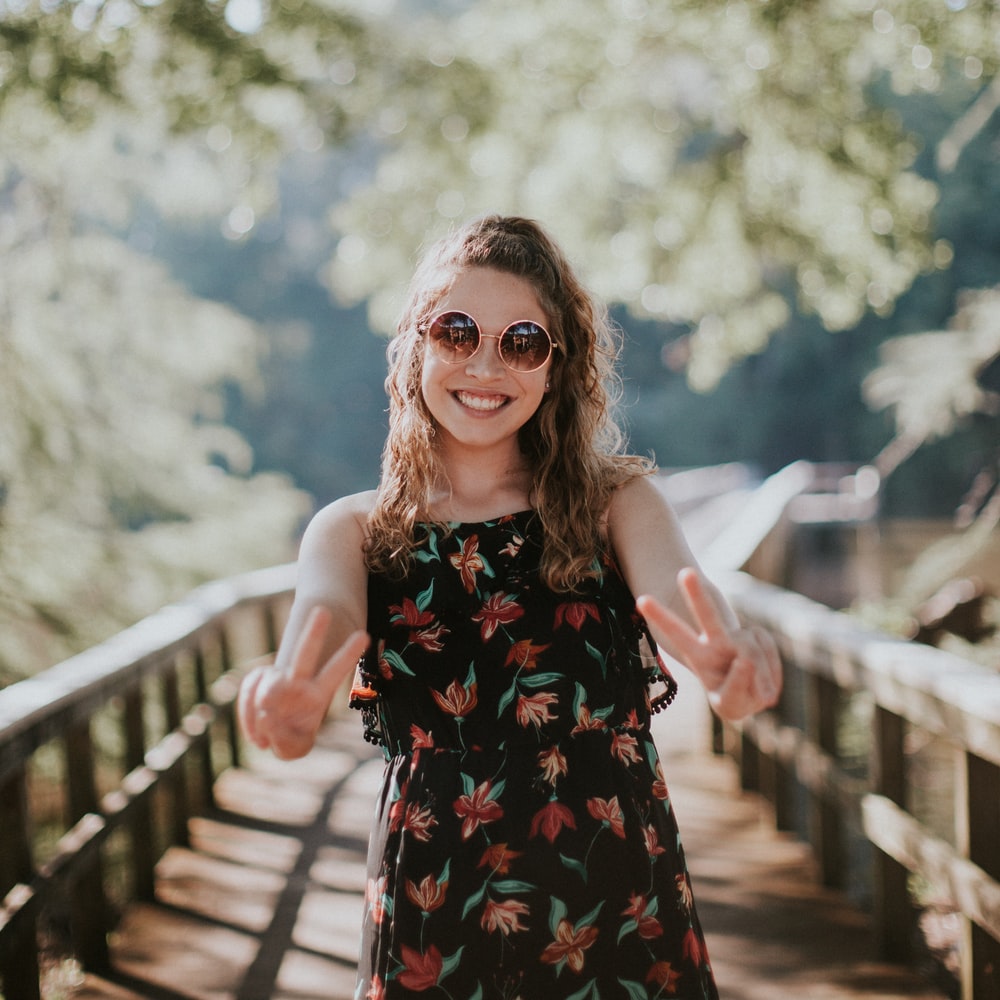
more wide open, letting in lots of light, maybe f2 – background is more blurred out –
ISO: Iso is the final piece of the puzzle that is known as the exposure triangle. ISO, Aperture and shutterspeed all affect the proper “exposure” or brightness/darkness of your photo. They all affect how bright the photo comes out, and their adjustments have various impacts on the images. Understanding this relationship is at the heart of making an informed camera decision. ISO comes in to “add salt” or light so to speak to the photo that your camera’s window takes. If you need a high shutter speed to freeze a subject in place, and you also need that subject AND the background to be in focus. That means your window is not only getting smaller (high aperture, more in focus, smaller hole in your camera), but that window is also opening and closing very quickly to try and capture a decisive moment. This gives light a very small opportunity to enter the room with your camera’s sensor. In order to amplify the light entering the room, we can add mirors to the room (ISO) sythentically enhancing the rooms (sensor’s) sensitivity to light. This makes everything brighter and is effective to a certain point. Cameras that have higher quality, larger sensors, are typically able to fit more mirrors(ISO) into the room(sensor) before the camera starts introducing visual noise. This is yet another benefit of getting higher quality cameras like DSLRS, mirrorless, cinema cameras etc.

1. Shoot with the aperature completely closed(very little window/light) in low-light settings with more things in focus
2. Attain that focus very quickly (with an expensive image-stabilized/shake-reducing lens)
3. Photograph at a high shutter speed AND higher FPS to freeze the subject quickly, multiple times/second.
4. Balance these two factors out by brightening the image with a higher than normal ISO that doesnt introduce incredible grain/noise.
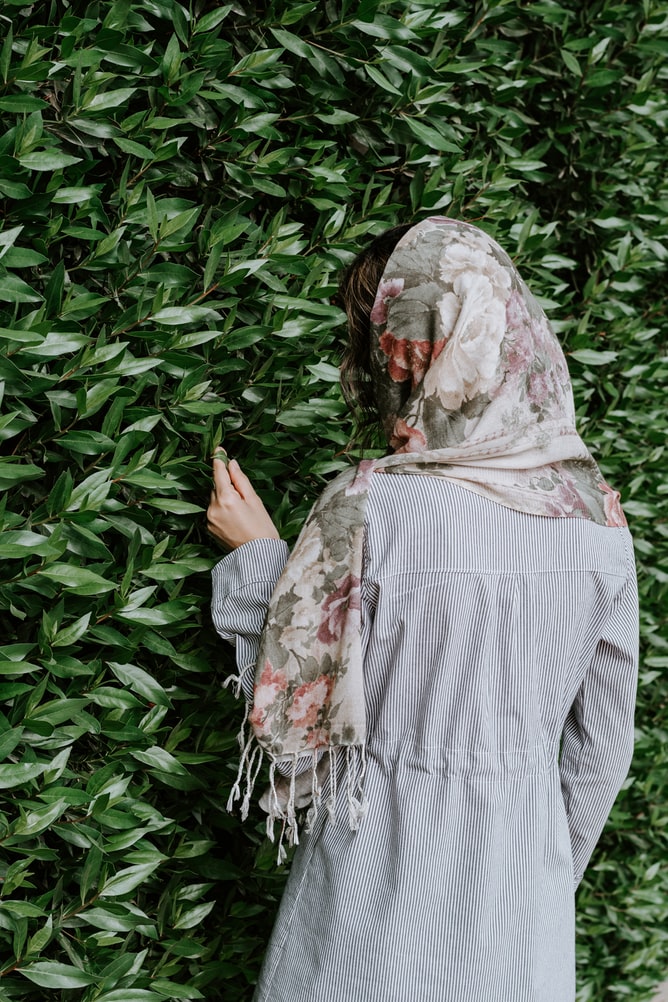
What can you afford, identified the number? good. It is MORE THAN ENOUGH to find a camera you love. Stick to it, but be prepared to flex up to $200 above that price. Some cameras are so close in price range, that when you identify the one you love, huge gains can be made shopping used with just a little more budget
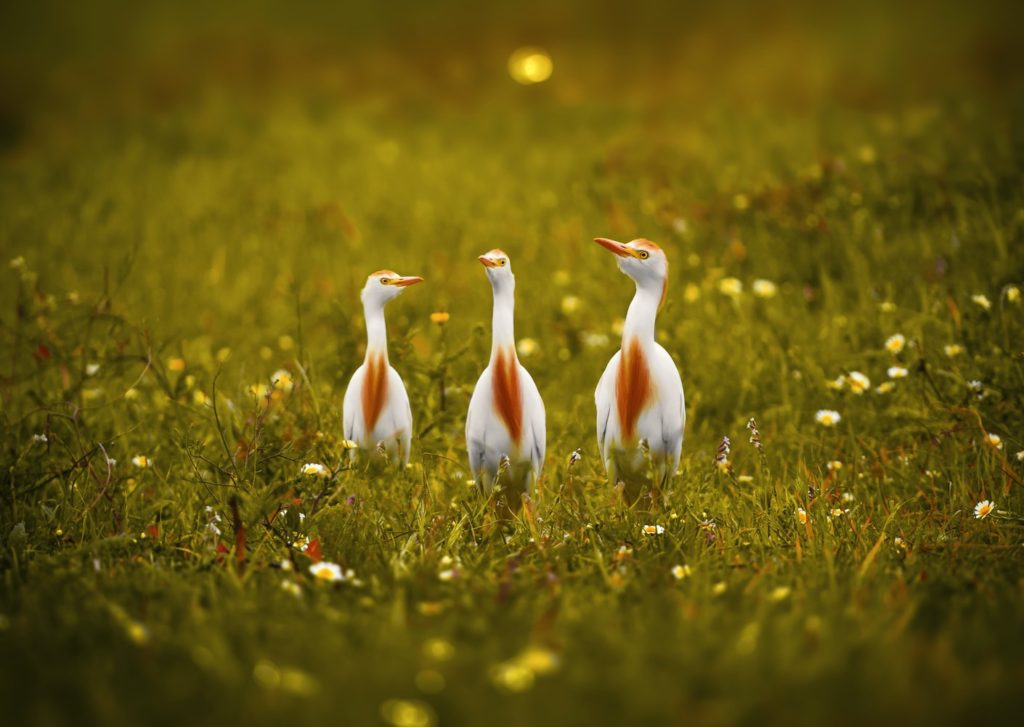
What is your application?
Will you be photographing during travel? Find something lightweight.
Will you be photographing your kids? Consider a zoom lens, maybe waterproof?
Professional work? Fast-paced? Slow-paced? Studio setting? Lifestyle work? Video? Does your client REQUIRE full frame? Are you able to reshoot photographs? Your camera decision may not require a high caliber device to have fun and produce dazzling results
Vlogger? your going to want a flip-out screen.
Just for fun? Maybe try perfecting your iphone photography? 🙂
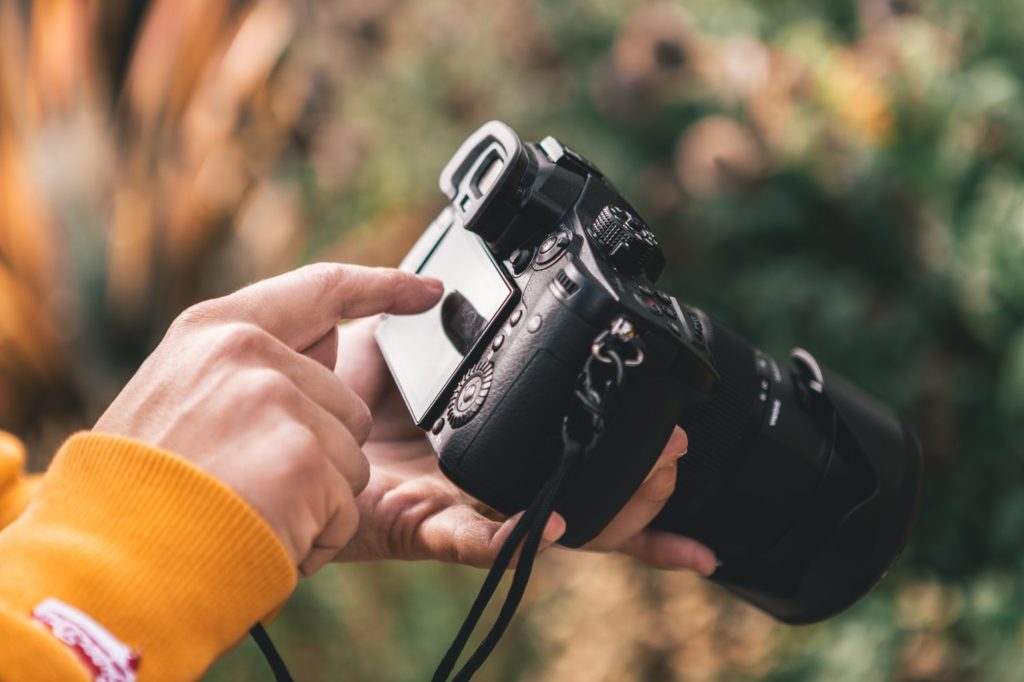
Go to your local camera shop, lensrental.com best buy if you must and get your hands on some cameras, PURELY for the analog experience of it. It plays a roll. If you are going to be lugging something around on trips, or even daily, you’ll want to enjoy the way it looks and feels to use. Learn what you can from the experts at your disposal, for free. By knowing, the truth becomes clearer.
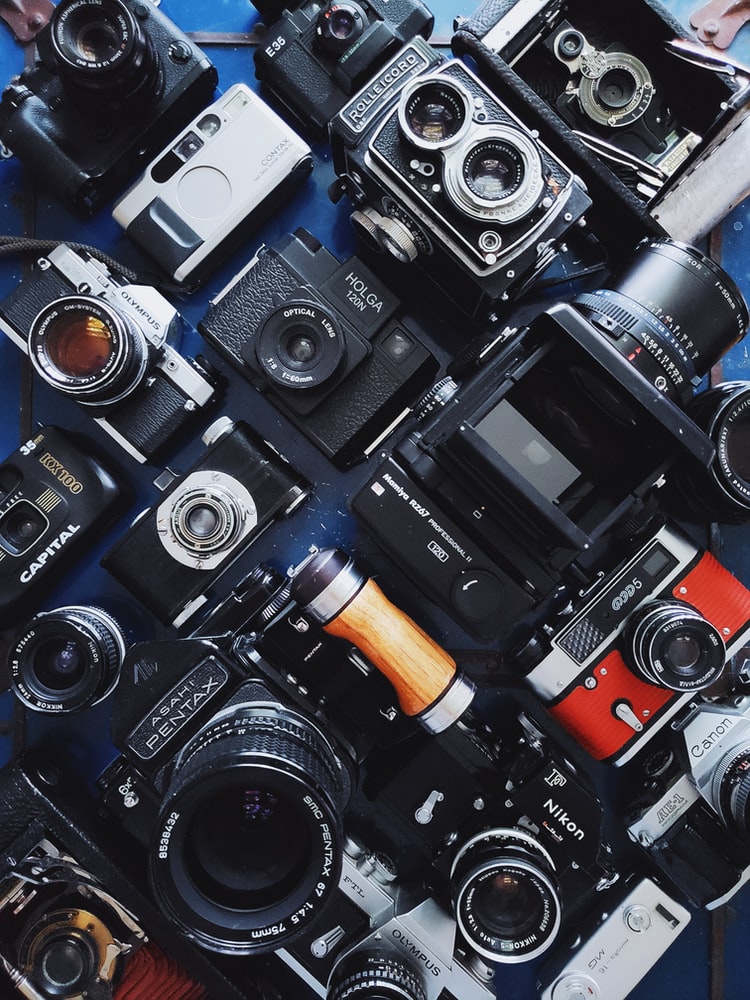
If your just starting out or you have been shooting for a while and are looking to upgrade, consider the length of time you will own and use the camera, when will you need to upgrade? are you close to that moment? Understanding the future goals you have with this camera will allow you to identify whether you should invest in higher quality lenses that you can transfer over to a newer camera. Camera companies like fujifilm and the like sometimes provide firmware updates that improve the functionality of their cameras post release. Other companies do not do this. factor this into your decision.
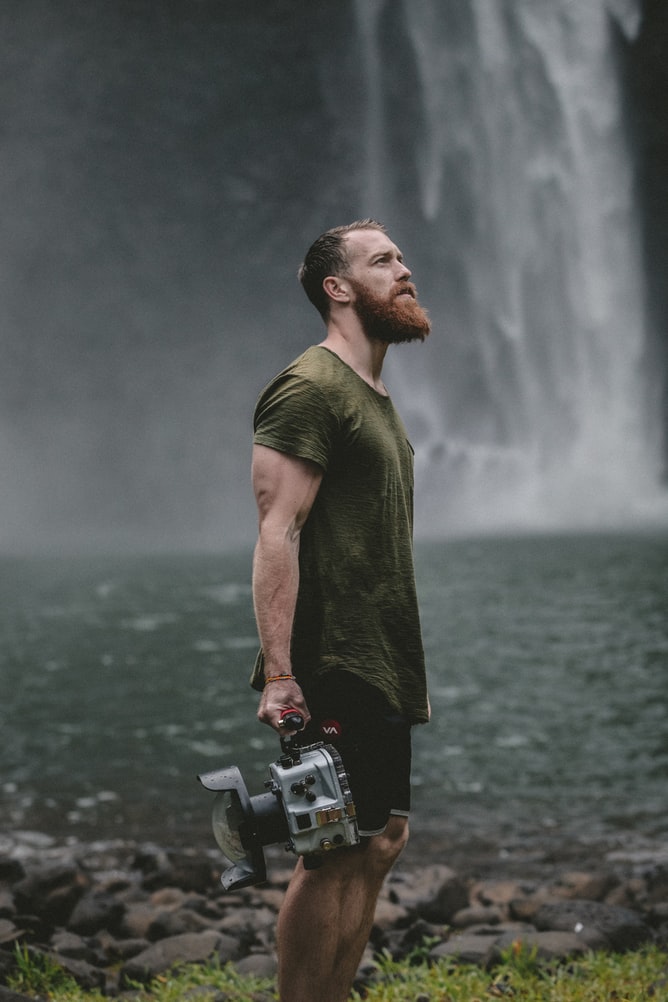
DPreview.com and other websites of the sort are fantastic resources for articles like best cameras under $500 in 2020. Search for “best cameras under ____the closest number in increments of 500 to your budget. Get an idea for what cameras cost around your price point. Look at cameras above and below that price point. You may be able to find that camera $500 over budget in the used department of websites like Keh.com, BHphoto.com and adoram.com
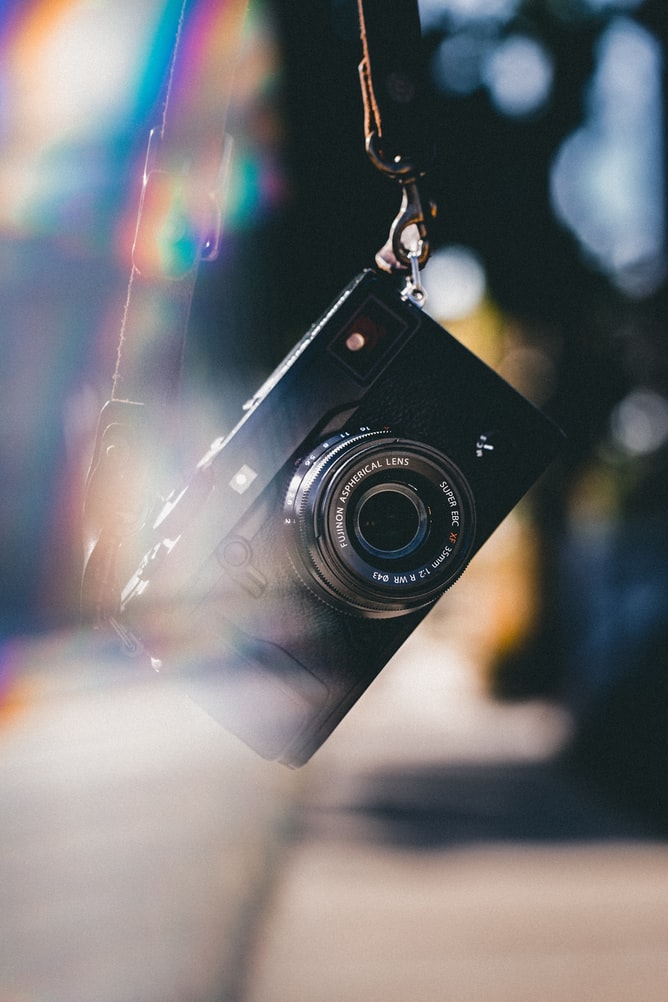
It doesn’t matter if you have the best camera and lens out there, if you HATE taking it out with you because it is so heavy or its menus are too complex for casual use, it is worthless. find something you love enough to care about and take with you.
The Ricoh GR II is our go-to pocket camera because it has a rocking sensor and the slimmest profile in its class. look it up – no affiliate links here 🙂 The Fujifilm lines also have low profile frames and lenses that are great for travel. Canon and Nikon are our go-to professional cameras, but lugging them around can break your neck. Unless you try a Canon M6II or a Nikon Z50 that is!! 🙂 Sony is known for their affordable and sleek designs with innovative features and specs for the mirrorless world. Their menus can be tough and many complain about earlier models having difficulty rendering skin tones accurately in various lighting conditions. Meh, who knows or cares. First and foremost, get in a store, and try the cameras out, feel them. Play around and see what gets you excited because at the end of the day THAT EXCITEMENT is what will get you out there and creating images you’re proud of.
https://www.searchbestsellers.com/#search/mirrorless
https://www.searchbestsellers.com/#search/dslr
https://www.searchbestsellers.com/#search/point_and_shoot
We’re a search engine for ONLY the Most-Ordered Amazon Products. Ranked by TOTAL purchases instead of paid reviews & ads.

Just “Add to Homescreen” and enjoy! :)
